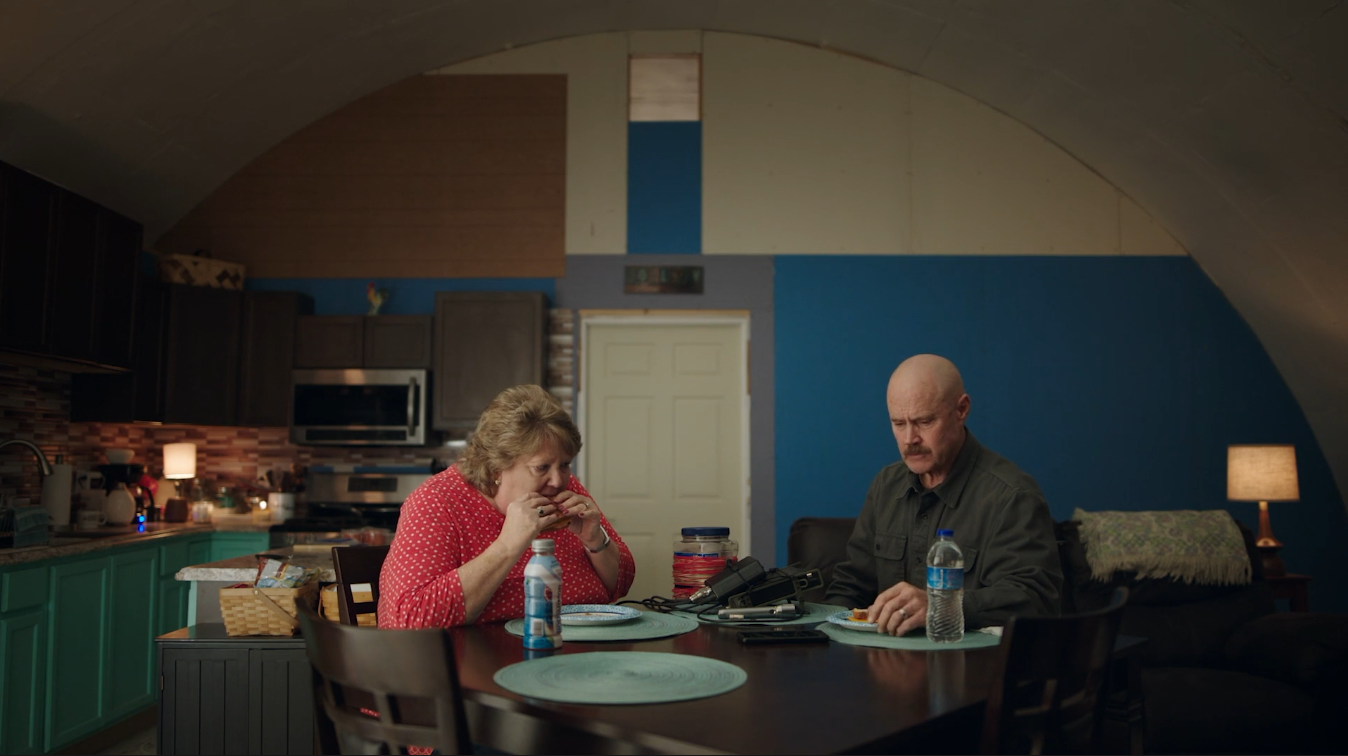Preppers
![]()
Vivos x Point, South Dakota, USA
Survivalist / Preppers

Vivos x Point, South Dakota, USA
Survivalist / Preppers
1 Entry 2 Mechanical 3 Security 4 Garden 5 Private Residence 6 Pool 7 Exit 8 Lounge 9 Medical 10 Surgial 11 Pub 12 Kitchen 13 Library 14 Theater 15 Gym 16 CLassroom 17 Single Bedrooms
![]()
The Vivos x Point, a bunker community in South Dakota is the largest survival community on earth. The former US Army base offers 5-star luxury and comfort in one 575 concrete and steel bunkers—priced to sell. A 99-year lease is $1,090 a year, plus a $45,000 deposit paid up-front. Named for x point, “the point in time when only the prepared survive,” Vivos, like many other prepper communities, is waiting for The End of the World As We Know It (TEOTWAWKI). Vivos claims to be one of the safest places in the USA to ride out the apocalypse. Centrally located (a twenty-four hour drive from anywhere in the continental US), it’s isolated enough to avoid high-crime, anarchic zones (cities); it’s inland, away from the risks of coastal flooding or tidal waves; and hundreds of miles from known nuclear targets. For some off-grid groups, the city is a site of existential threat. Survivalist self-exile and subsistence in the countryside is a function of that belief.
The countryside’s isolation ensures continued survival after an ecological disaster, nuclear strike, pandemic, political collapse, or race war that would, presumably, hit cities the hardest. Silicon Valley’s billionaire survivalists prep for the end—a collapse of climate, capitalism, ecology, society, food systems, or all of the above— amassing tricked-out bunkers like Vivos xPoint in South Dakota, private islands, or New Zealand estates. Others have turned their attention to floating nation-states, temporary beta-countries, and extraterrestrial territorialization. If shit does hit the fan, what kind of a world would they rebuild?

The Vivos x Point, a bunker community in South Dakota is the largest survival community on earth. The former US Army base offers 5-star luxury and comfort in one 575 concrete and steel bunkers—priced to sell. A 99-year lease is $1,090 a year, plus a $45,000 deposit paid up-front. Named for x point, “the point in time when only the prepared survive,” Vivos, like many other prepper communities, is waiting for The End of the World As We Know It (TEOTWAWKI). Vivos claims to be one of the safest places in the USA to ride out the apocalypse. Centrally located (a twenty-four hour drive from anywhere in the continental US), it’s isolated enough to avoid high-crime, anarchic zones (cities); it’s inland, away from the risks of coastal flooding or tidal waves; and hundreds of miles from known nuclear targets. For some off-grid groups, the city is a site of existential threat. Survivalist self-exile and subsistence in the countryside is a function of that belief.
The countryside’s isolation ensures continued survival after an ecological disaster, nuclear strike, pandemic, political collapse, or race war that would, presumably, hit cities the hardest. Silicon Valley’s billionaire survivalists prep for the end—a collapse of climate, capitalism, ecology, society, food systems, or all of the above— amassing tricked-out bunkers like Vivos xPoint in South Dakota, private islands, or New Zealand estates. Others have turned their attention to floating nation-states, temporary beta-countries, and extraterrestrial territorialization. If shit does hit the fan, what kind of a world would they rebuild?


Nam semper semper ex
In porttitor pellentesque sapien